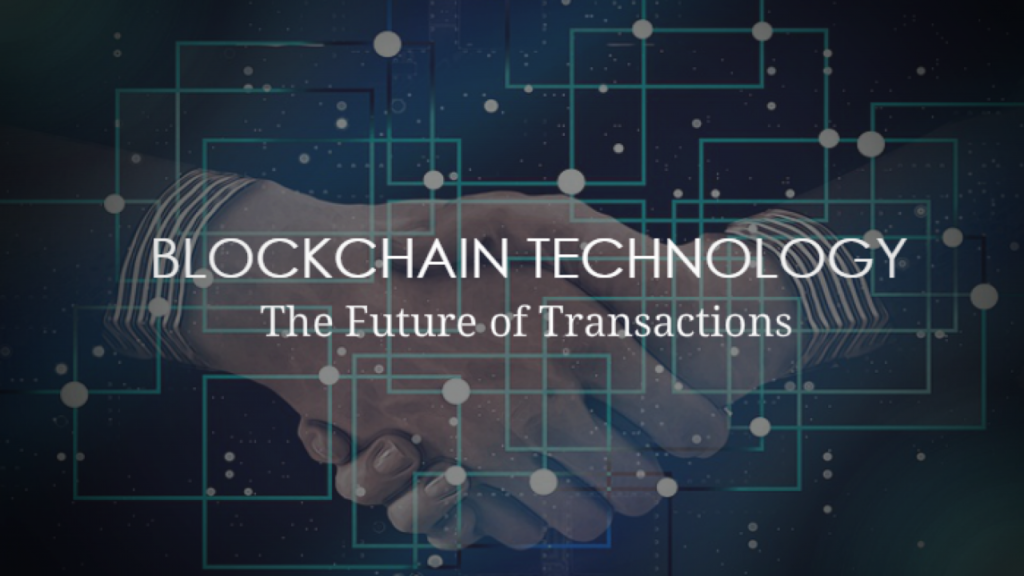|
Getting your Trinity Audio player ready...
|
Blockchain and cryptocurrency are two related technologies that have the potential to revolutionize many industries, including finance, supply chain management, and online identity.
Blockchain is a decentralized, digital ledger that records transactions across a network of computers. It uses cryptography to ensure that once a block of data is added to the chain, it cannot be altered. This makes blockchain a highly secure and transparent way of storing and sharing data.
On the other hand, cryptocurrency is a digital or virtual currency that uses blockchain technology for secure and transparent transactions. The best-known example of cryptocurrency is Bitcoin, which was created in 2009. However, there are now thousands of different cryptocurrencies in existence, each with its own unique features and use cases.
One of the main advantages of blockchain technology is that it enables secure and transparent transactions without the need for a centralized intermediary. This can significantly reduce the costs and time associated with traditional commerce, making it well-suited for use in a wide range of industries.
In the finance industry, for example, blockchain technology has the potential to disrupt traditional banking and payment systems. By using blockchain, financial institutions can securely and transparently record transactions, making it easier to detect and prevent fraud. Additionally, the use of cryptocurrency can also significantly reduce the costs and time associated with cross-border transactions.
In the supply chain management industry, blockchain technology can be used to track the movement of goods from the point of origin to the point of consumption. By using blockchain, it is possible to create a tamper-proof record of all transactions, making it easier to detect and prevent fraud and other forms of misconduct. Additionally, the use of blockchain can also help to improve the efficiency and transparency of the supply chain, reducing costs and improving customer service.
In online identity management, blockchain technology can be used to create a tamper-proof record of an individual’s identity, making it easier to prove and verify identity online. Additionally, the use of blockchain can also help to improve the security and privacy of online identity management, reducing the risk of identity theft and other forms of fraud.
However, the integration of these technologies also brings a set of challenges and concerns. One of the main concerns is the lack of regulation and standardization in the blockchain and cryptocurrency spaces. Additionally, there are also concerns about the potential for misuses or illegal activities, such as money laundering and fraud.
In order to address these concerns, it is important for governments, industry, and researchers to work together to develop and implement regulations, standards, and guidelines for the safe and responsible use of blockchain and cryptocurrency. This may include developing guidelines for the design and testing of blockchain-based systems, as well as regulations for the use of cryptocurrency in the marketplace.
In conclusion, blockchain and cryptocurrency are two emerging technologies that have the potential to revolutionize many industries. While these technologies have the potential to improve efficiency, reduce costs, and increase security, they also bring a set of challenges and concerns that need to be addressed. By working together, governments, industry, and researchers can help ensure that these technologies are developed and used in a safe and responsible manner.
Another concern related to the integration of blockchain and cryptocurrency is scalability. As the number of users and transactions on a blockchain network increases, it can become more difficult for the network to process and validate all of the transactions in a timely manner. This can lead to delays and increased transaction fees.
To address this concern, it is important to develop and implement scalability solutions for blockchain and cryptocurrency. This may include the use of off-chain transactions, the use of sidechains, and the use of sharding. Additionally, it may also involve the development of new consensus algorithms that are better suited for large-scale networks.
Another area of concern is the environmental impact of blockchain and cryptocurrency. The process of mining cryptocurrency, for example, requires a significant amount of energy, and it is estimated that the energy consumption of the Bitcoin network alone is equivalent to that of the entire country of Greece.
To address this concern, it is important to develop and implement more energy-efficient solutions for blockchain and cryptocurrency. This may include the use of more energy-efficient mining hardware, the use of renewable energy sources, and the use of proof-of-stake (PoS) consensus algorithms, which are less energy-intensive than proof-of-work (PoW) algorithms. It may also involve the development of new blockchain and cryptocurrency technologies that are more environmentally friendly.
In addition, the integration of blockchain and cryptocurrency also raises questions about the legal and tax implications of these technologies. For example, how should blockchain-based assets be treated for tax purposes? How should disputes over blockchain-based assets be resolved?
To address these concerns, it is important to develop and implement legal and tax regulations for blockchain and cryptocurrency. This may include guidelines for the treatment of blockchain-based assets for tax purposes, as well as regulations for the resolution of disputes involving blockchain-based assets. It may also involve the development of new technologies and techniques for legal and tax compliance for blockchain and cryptocurrency.
In conclusion, the integration of blockchain and cryptocurrency brings a wide range of challenges and concerns that need to be addressed. These include scalability, environmental impact, and legal and tax implications. By working together, governments, industry, and researchers can help ensure that these technologies are developed and used in a safe, responsible, and sustainable manner.
